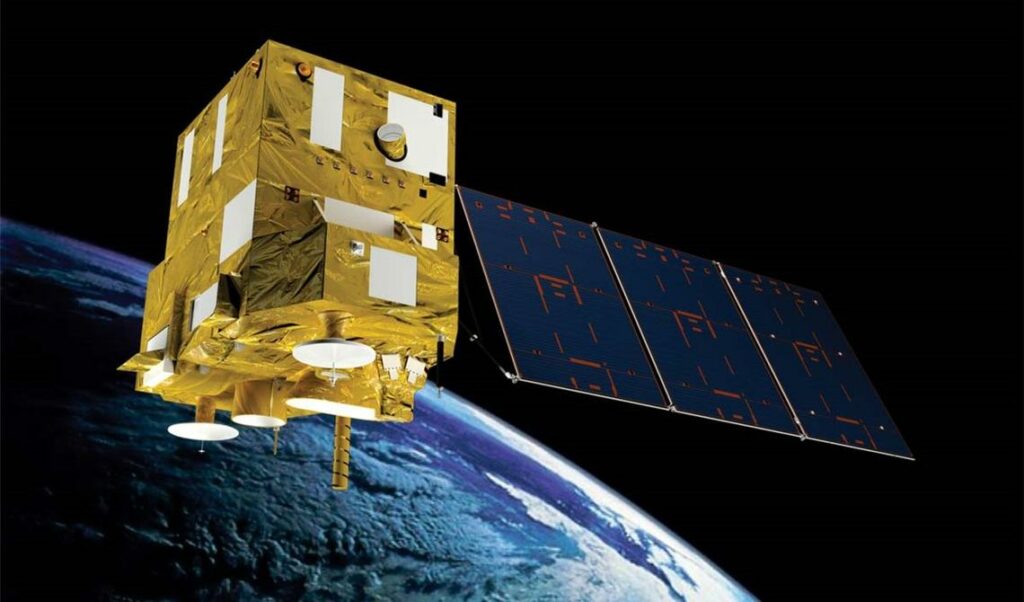
New accusations of spying and surveillance seem to pop up every day on the global political stage. While the allegations are not always true, the resources and framework to support them does seem to exist.
There were 1,419 active satellites in orbit around the Earth as of August 2015, according to a database compiled by the Union of Concerned Scientists, a nonprofit advocacy group of scientists and engineers. While a large number of these spacecraft are operated by commercial users like DirecTV, XM Satellite Radio and others for communications purposes, another large portion are used for military or government purposes. Here are five countries that are among the most heavily invested in spacecraft for collection of intelligence, military or otherwise.

United States
The U.S. is connected to nearly half of all satellites in active orbit, 40 of which are operated at least in part by the U.S. National Reconnaissance Office. While the U.S. owns the four oldest satellites in operation, more than half of the reconnaissance, or spy, satellites were launched in 2010 or later. Advanced Orion 7, launched in June 2016, is one of the most recent satellites the U.S. launched. It is one of 18 U.S. satellites being used for electronic signals intelligence – or ELINT – that collects geolocation information.

China
China is the country with second most satellites in orbit, with ownership of 181 active spacecraft. More than a quarter of those, however, have not been registered with the United Nations, despite guidelines outlined by the Convention on Registration of Objects Launched into Outer Space in 1976. While the U.S. shares ownership of a number of its satellites, China has only partnered on one satellite: CBERS 4, which it launched with Brazil in 2014 to monitor Earth resources.

Russia
Of the 141 satellites owned by Russia, most are operated by the country’s Ministry of Defense. Three launched since the end of 2014 are tasked with collecting electronic intelligence, which includes most data that is not related to communications. Additionally, four Russian spacecraft launched between 2010 and 2014 are operated by the VKS, or Military Space Forces. Russia has bolstered its satellite program in recent years, adding nearly a third of its active spacecraft fleet in 2014 or later, and the country may be preparing to add more. Nikolay Testoedov, director of The Reshetnev Company that has provided 96 of Russia’s current satellites, has said that 2017 may be a good year to increase that number to 100.

Japan
Every two or three years, Japan’s Cabinet Satellite Intelligence Center launches a satellite into orbit that is tasked with reconnaissance. The two most recent, IGS-9A and IGS-9B, were launched in early 2015, one equipped with radar imaging technology and the other with optical imaging technology. According to GlobalSecurity.org, “Japan started putting spy satellites into orbit in 2003 after North Korea fired a mid-range ballistic missile over the Japanese mainland and into the western Pacific in 1998.”

Israel
Israel currently operates 12 satellites, most of which are equipped with optical or radar imaging technology. All but one are connected to some sort of military use, according to information compiled by the Union of Concerned Scientists. They appear to particularly monitor the Middle East, including Syria and Iran. The database also notes that in 2001, Israel’s Ministry of Defense bought the rights to all imaging within 1,200 miles or so of its borders.









































































































